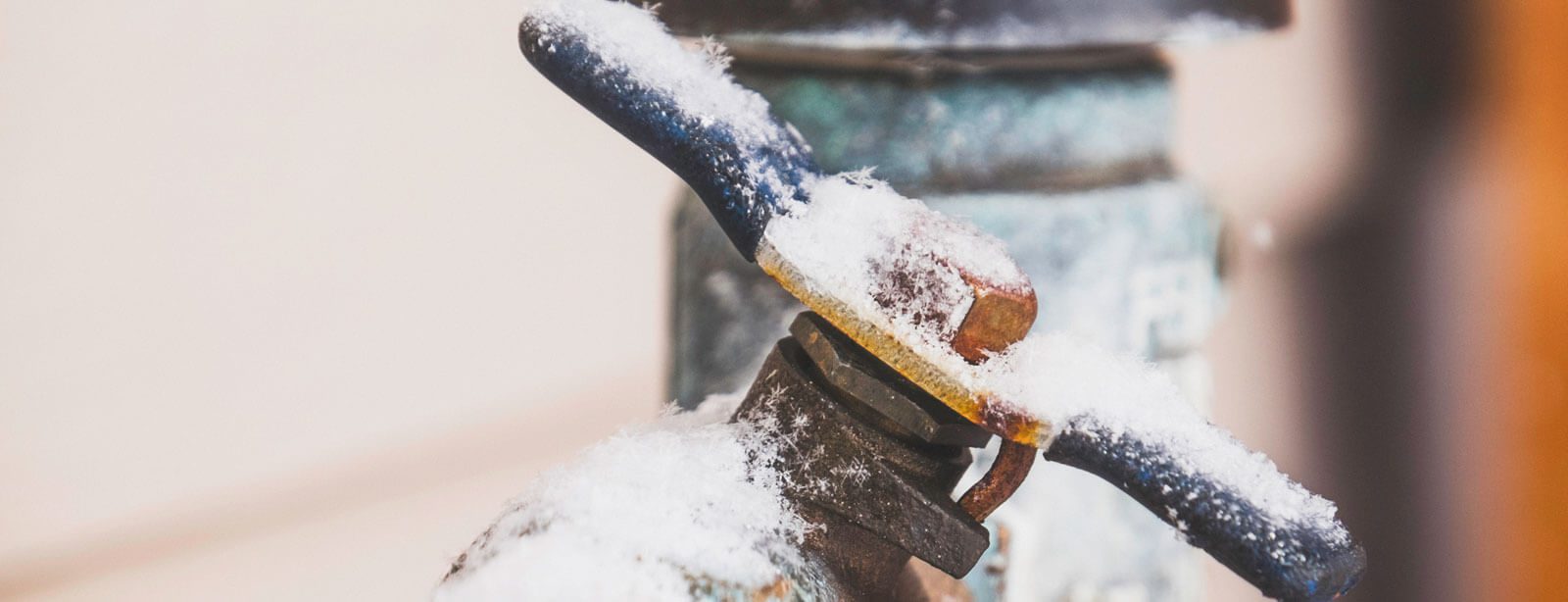Ways to Protect Pipes from Freezing: Specialist Advice
Ways to Protect Pipes from Freezing: Specialist Advice
Blog Article
This post below involving How to prepare your home plumbing for winter weather is immensely fascinating. Give it a go and make your own final thoughts.

Winter can ruin your pipes, specifically by freezing pipelines. Right here's exactly how to prevent it from happening and what to do if it does.
Introduction
As temperatures decline, the danger of frozen pipelines boosts, potentially causing costly fixings and water damage. Understanding just how to avoid frozen pipelines is important for home owners in cold environments.
Prevention Tips
Shielding susceptible pipes
Cover pipes in insulation sleeves or use warmth tape to shield them from freezing temperatures. Concentrate on pipelines in unheated or external locations of the home.
Heating strategies
Maintain indoor rooms adequately heated, specifically locations with plumbing. Open cabinet doors to permit warm air to flow around pipes under sinks.
Just how to recognize icy pipes
Look for lowered water flow from faucets, unusual odors or noises from pipes, and visible frost on revealed pipes.
Long-Term Solutions
Structural modifications
Take into consideration rerouting pipes away from exterior wall surfaces or unheated locations. Add additional insulation to attic rooms, basements, and crawl spaces.
Updating insulation
Purchase premium insulation for pipes, attics, and wall surfaces. Appropriate insulation aids maintain consistent temperature levels and decreases the danger of frozen pipes.
Shielding Outdoor Pipes
Garden hose pipes and outside taps
Disconnect and drain garden tubes prior to winter months. Install frost-proof spigots or cover exterior faucets with insulated caps.
Recognizing Frozen Pipelines
What creates pipelines to ice up?
Pipes ice up when revealed to temperature levels below 32 ° F (0 ° C) for extended durations. As water inside the pipelines freezes, it expands, taxing the pipe walls and possibly triggering them to break.
Threats and problems
Frozen pipes can cause water interruptions, building damage, and pricey repair services. Ruptured pipelines can flooding homes and create considerable structural damage.
Signs of Frozen Water Lines
Recognizing frozen pipelines early can prevent them from rupturing.
What to Do If Your Pipelines Freeze
Immediate actions to take
If you believe frozen pipelines, maintain faucets available to soothe pressure as the ice melts. Use a hairdryer or towels soaked in warm water to thaw pipelines gradually.
Conclusion
Avoiding frozen pipes requires aggressive procedures and quick actions. By comprehending the reasons, indicators, and preventive measures, home owners can secure their plumbing throughout cold weather.
6 Proven Ways to Prevent Frozen Pipes and Protect Your Home
Disconnect and Drain Garden Hoses
Before winter arrives, start by disconnecting your garden hoses and draining any remaining water. Close the shut-off valves that supply outdoor hose bibs and leave the outdoor faucet open to allow any residual water to drain. For extra protection, consider using faucet covers throughout the colder months. It’s also important to drain water from any sprinkler supply lines following the manufacturer’s directions.
Insulate Exposed Pipes
Insulating your pipes is an effective way to prevent freezing. Pipe insulation is readily available at home improvement stores and is relatively inexpensive. Pay close attention to pipes in unheated areas such as the attic, basement, crawl spaces, or garage. Apply foam insulation generously to create a buffer against the cold. You can also wrap your pipes in heat tape or thermostat-controlled heat cables for added warmth.
Seal Air Leaks
Inspect your home for any cracks or openings that could let in cold air. Seal any holes around the piping in interior or exterior walls, as well as the sill plates where your home rests on its foundation. Additionally, make sure to keep your garage door closed unless you’re entering or exiting. Leaving it open creates a significant air leak that can lead to frozen pipes.
Allow Warm Air Circulation
During cold snaps, it’s essential to allow warm air to circulate evenly throughout your home. Leave interior doors ajar to promote better airflow. Open kitchen and bathroom cabinets to help distribute heat consistently around the rooms. If you have small children or pets, be sure to remove any household chemicals or potentially harmful cleaners from open cabinets for safety.
Let Faucets Drip
A small trickle of water can make a big difference in preventing ice formation inside your pipes. When temperatures drop significantly, start a drip of water from all faucets served by exposed pipes. This continuous flow helps prevent the water from freezing. Additionally, running a few faucets slightly can relieve pressure inside the pipes, reducing the chances of a rupture if the water inside does freeze.
https://choateshvac.com/6-proven-ways-to-prevent-frozen-pipes-and-protect-your-home/

I'm just very curious about Prevent Frozen Pipes and I'm hoping you enjoyed the entry. Don't hesitate to set aside a second to distribute this page if you appreciated it. We appreciate reading our article about Winter Plumbing Precautions: Preventing Frozen Pipes.
Call Today Report this page